Blockchain Energy Trading Savings Calculator
Enter values and click Calculate to see your potential savings
How It Works
This calculator estimates how much you could save by selling excess solar energy through a blockchain platform. Based on typical savings of 10-15% from pilot programs, we factor in your solar production, local rates, transaction fees, and projected savings rate.
Imagine being able to sell the extra kilowatts your rooftop solar panels generate straight to the neighbor next door, without waiting for a utility bill or dealing with paperwork. That’s the promise of blockchain energy trading, a new way to move power that cuts out middlemen, locks in transparent records, and lets anyone with a meter join the market.
How Blockchain Energy Trading Works
Blockchain Energy Trading is a decentralized system that lets producers and consumers exchange electricity through a distributed ledger. Each trade is stored as an immutable block, time‑stamped and linked to the previous one, so the history can’t be altered.
At the heart of the system is the Smart Contract self‑executing code that automatically settles an energy trade when preset conditions are met. For example, a homeowner’s contract might trigger a sale as soon as their solar inverter reports a surplus of 5kWh. The contract then moves the corresponding energy tokens to the buyer’s wallet and releases payment, all in seconds.
The marketplace itself is a Peer-to-Peer Energy Marketplace an online platform where individuals list excess generation and others place purchase orders. Because the platform runs on a Distributed Ledger a network of computers that share identical copies of the transaction record, no single party controls the data.
Cost Efficiency that Hits the Bottom Line
Traditional energy procurement involves a chain of intermediaries-generators, transmission operators, distributors, and retailers-each adding fees. A 2023 study by the International Energy Agency found that these layers can inflate retail prices by up to 20%. When those layers disappear, the savings flow straight to the participants. In a pilot in Austin, Texas, households using a blockchain platform reported an average 12% reduction in monthly electricity bills after selling surplus solar power.
Smart contracts also shave off administrative costs. No one needs to manually verify meter readings; the blockchain’s cryptographic proofs do the work, cutting processing expenses by an estimated 30% according to a 2024 Deloitte report on energy fintech.
Transparency and Security You Can Trust
Every transaction is recorded in an immutable block, making tampering virtually impossible. That level of security builds confidence, especially for new participants who have never met the other party. The ledger’s transparency also satisfies regulators-audit trails are generated automatically, reducing compliance overhead for utilities.
Data protection is baked in. Energy consumption data is encrypted and stored across many nodes, limiting the risk of a single breach. Participants retain control over who can view their usage patterns, addressing privacy concerns that have plagued traditional smart‑meter deployments.
Consumer‑Centric Model Opens New Revenue Streams
Homeowners with solar panels, small wind turbines, or even electric vehicle chargers become Renewable Energy Producers individuals who generate electricity and can sell it directly on the market. In a German neighborhood that adopted blockchain trading in 2022, over 40% of residents started offering excess power, turning idle rooftop capacity into a steady side income.
The platform’s mobile app lets users monitor production, see live market prices, and set preferences-like reserving a portion of their generation for personal use or auto‑selling at a target price. This empowerment shifts the balance of power from utilities to consumers.
Real‑Time Supply‑Demand Matching Boosts Grid Resilience
Because trades settle instantly, the system can match surplus generation with nearby demand within seconds. This real‑time balancing reduces the need for expensive peaking power plants and cuts transmission losses. When a sudden cloud cover lowers solar output in a suburb, the blockchain automatically reroutes power from a neighbor with excess wind generation, keeping lights on without a grid operator’s manual intervention.
Distributed trading also enhances Grid Resilience the ability of the electricity network to withstand disruptions and maintain service. By spreading generation and consumption across many nodes, the network avoids single points of failure. During the February 2024 winter storm in the Midwest, communities using blockchain‑based microgrids reported 15% fewer outages compared to those tied solely to the central grid.

Dynamic Pricing and Automated Load Balancing
Smart contracts enable Dynamic Pricing price adjustments that respond to real‑time supply and demand signals. When demand spikes, the contract can raise the price, incentivizing consumers to shift flexible loads like water heating to off‑peak hours. Utilities benefit from a smoother load curve, while participants earn higher returns on their excess energy.
Automation goes beyond pricing. Contracts can trigger demand‑response events, shut down non‑essential loads, or even sell stored battery energy back to the market-all without human oversight.
Environmental Benefits that Accelerate Clean‑Energy Targets
By making renewable energy more market‑ready, blockchain platforms help meet global decarbonization goals. A 2023 report from the World Resources Institute estimated that peer‑to‑peer trading could increase renewable penetration by up to 8% in regions with high rooftop solar adoption.
Efficient matching reduces curtailment-when excess solar is forced offline because the grid can’t absorb it. In Spain’s pilot, curtailment dropped from 4% to under 1% after introducing blockchain trading, meaning more clean power actually reaches homes.
Key Takeaways
- Eliminating intermediaries trims costs and boosts household savings.
- Immutable ledgers provide unmatched transparency and security.
- Consumers become prosumers, earning money from surplus generation.
- Real‑time matching improves grid stability and reduces outages.
- Dynamic pricing and automation unlock smarter energy use.
- Higher renewable utilization supports climate goals.
Traditional vs. Blockchain Energy Trading
| Aspect | Traditional Model | Blockchain Model |
|---|---|---|
| Intermediaries | Multiple (generators, distributors, retailers) | None - direct peer‑to‑peer |
| Transaction Cost | 5‑15% of trade value | 0‑2% (mostly network fees) |
| Transparency | Limited, proprietary databases | Full, immutable ledger visible to all participants |
| Speed of Settlement | Hours to days | Seconds to minutes |
| Market Accessibility | High barriers, minimum volume contracts | Open to any prosumer, micro‑transactions supported |
Next Steps for Different Stakeholders
Homeowners and Small Producers: Start by installing a compatible smart meter or inverter that can publish data to a blockchain platform. Many providers offer plug‑and‑play kits that connect to popular marketplaces like PowerLedger or Energy Web.
Utility Companies: Pilot a hybrid model where the central grid handles bulk transmission while the blockchain layer manages local balancing and peer trades. This reduces peak‑load stress and opens new revenue streams from transaction fees.
Policy Makers: Draft regulations that recognize blockchain‑verified energy certificates, allowing them to count toward renewable portfolio standards. Clear guidelines on data privacy will encourage wider adoption.
Investors: Look for startups building interoperable protocols that link different blockchain networks. The ability to trade across platforms will be a key differentiator as the market matures.
Challenges to Keep an Eye On
Scalability remains a hurdle-public blockchains can struggle with transaction throughput. Hybrid solutions, where only settlement data hits the chain, are emerging as a fix. Regulatory uncertainty can slow deployment; however, jurisdictions like New Zealand and the European Union are drafting supportive frameworks. Lastly, the learning curve for non‑technical users can be steep. User‑friendly interfaces and robust customer support are essential for mainstream uptake.
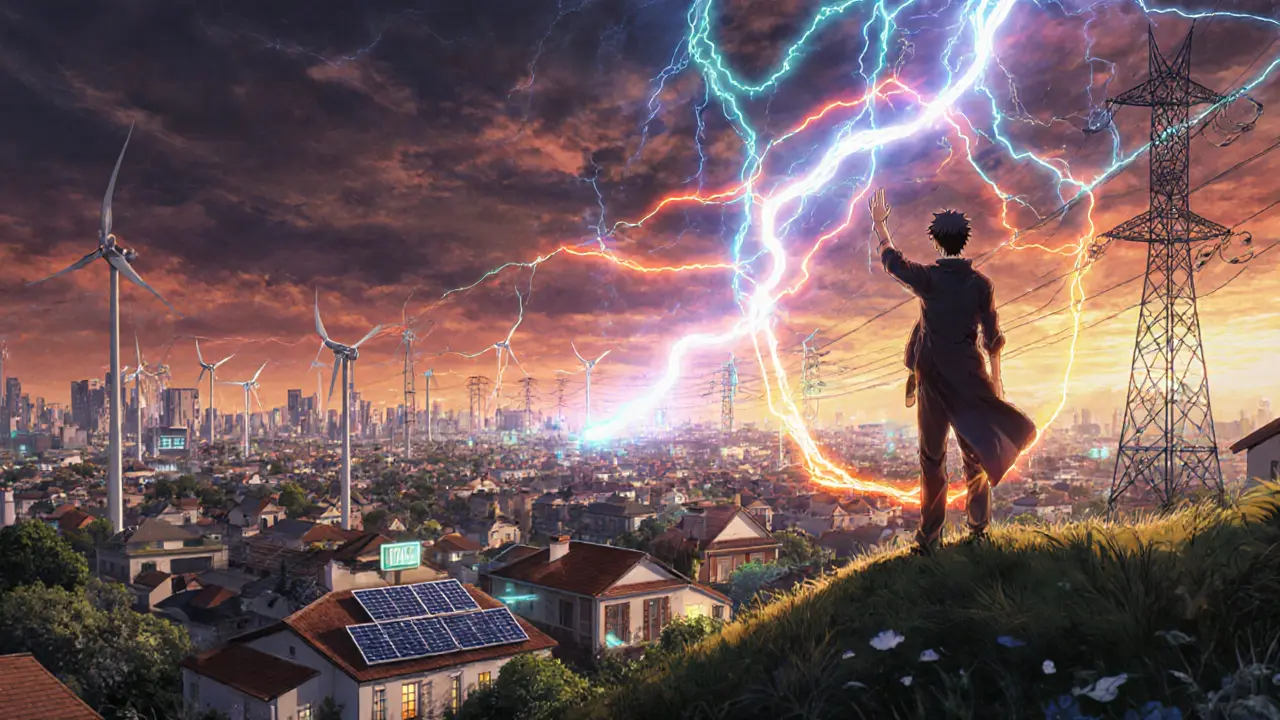
Frequently Asked Questions
What is a blockchain energy trading platform?
It is an online marketplace that uses a distributed ledger to let energy producers and consumers exchange electricity directly, with smart contracts handling settlement automatically.
How do smart contracts work in energy trading?
A smart contract contains predefined rules-like price thresholds or volume limits. When a prosumer’s meter reports a surplus that meets those rules, the contract triggers a trade, transfers tokens, and records the transaction on the blockchain.
Can I sell excess solar power if I don’t have a battery?
Yes. The platform can route real‑time excess generation directly to a neighbor or a local microgrid, so you earn money even without storing the electricity.
Is my energy data safe on a blockchain?
Data is encrypted and stored across many nodes, making it far harder for a single hacker to compromise. Only the owner holds the private keys needed to decrypt personal usage details.
What cost savings can I expect?
Savings vary, but pilots show average electricity bill reductions of 10‑15% for households that actively trade surplus power. Transaction fees are typically under 2% of the trade value.


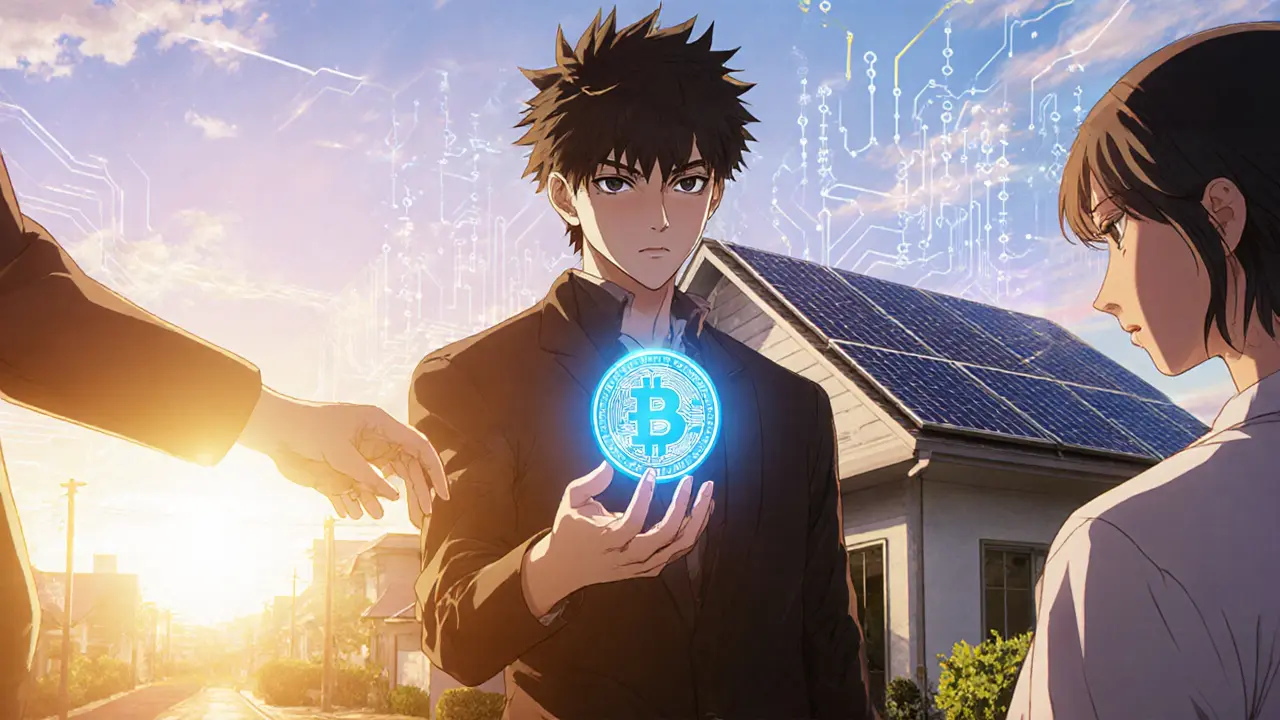
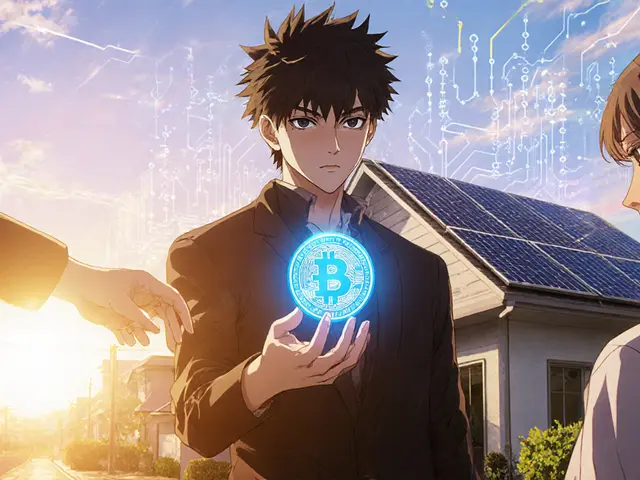

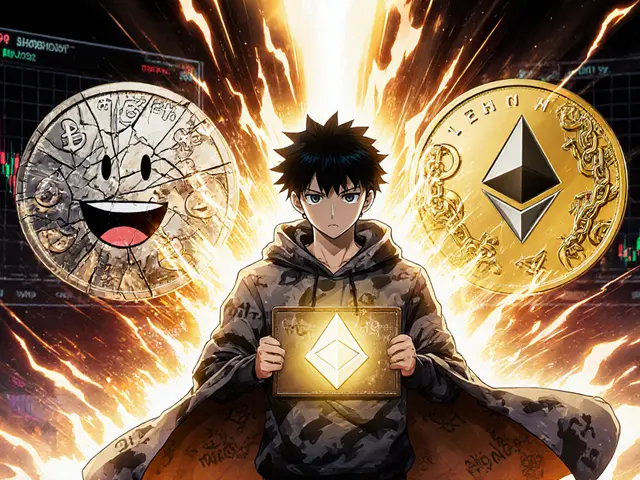

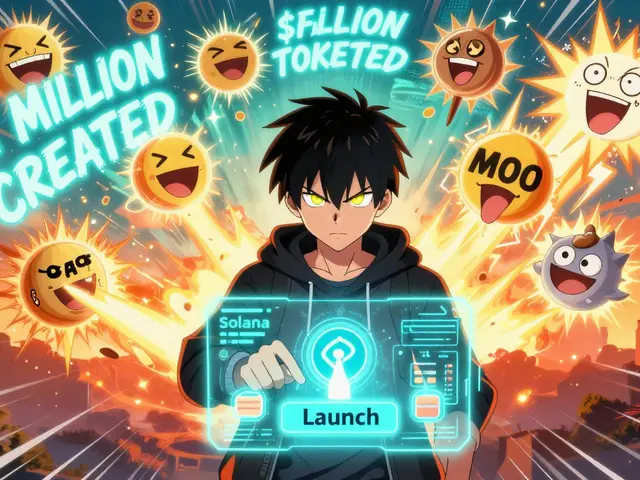
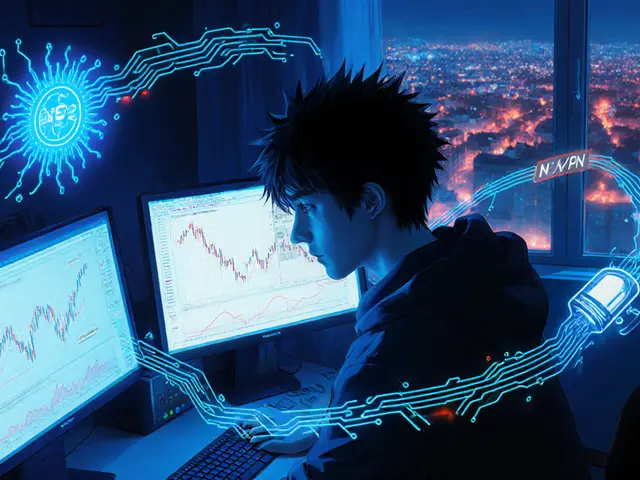
Comments (15)
katie littlewood
September 9, 2025 AT 13:44 PMWow, the promise of blockchain‑enabled energy trading really lights up the horizon! Imagine a world where every rooftop solar system can seamlessly barter its surplus power like a savvy marketplace, all while the grid hums in perfect harmony. The sheer elegance of a decentralized ledger means transparency, so consumers can actually see where their kilowatt‑hours travel, no more mysterious line‑item fees. Moreover, by cutting out middlemen, transaction costs plummet, translating directly into lower bills and more dollars left for the family. The flexibility is thrilling: you could schedule sales to peak demand periods, maximizing revenue, and the smart contracts automatically enforce the agreements without human error. For grid operators, the benefit is equally dazzling – they gain a dynamic, real‑time view of distributed generation, allowing them to balance loads more efficiently and defer costly infrastructure upgrades. Resilience gets a boost too, as the network can reroute power around outages, keeping lights on when traditional lines falter. And let’s not overlook the environmental upside; by encouraging more people to monetize excess sun, we accelerate the adoption of renewables, reducing dependence on fossil fuels. The community aspect cannot be overstated – neighbors become micro‑traders, fostering a sense of collective stewardship over the local grid. Over time, as data accumulates, algorithms will fine‑tune pricing, ensuring that both producers and consumers capture fair value. In short, blockchain brings trust, speed, and equity to energy markets, turning what used to be a static utility bill into a vibrant, participatory ecosystem.
So buckle up, because the future of energy trading is not just a distant dream – it’s a blockchain‑powered reality waiting to be embraced!
Bobby Ferew
September 9, 2025 AT 15:58 PMFrom a techno‑economic standpoint, the integration of distributed ledger protocols into ancillary services introduces a paradigm shift characterized by low‑latency settlement and cryptographic proof‑of‑delivery, which inherently mitigates settlement risk. However, the systemic adoption curve is contingent upon regulatory sandboxes that reconcile smart‑contract enforceability with existing NERC standards. In praxis, the transaction fee model must be calibrated to offset the overhead of consensus mechanisms without eroding marginal profit margins for prosumers.
celester Johnson
September 9, 2025 AT 18:11 PMOne might argue that the very act of trading surplus sunlight via code is a modern echo of ancient barter, a reminder that value is always a conversation between the tangible and the intangible. Yet, by placing that conversation on an immutable chain, we risk enshrining a philosophy of control that belies the chaotic beauty of nature itself. The grid becomes a philosopher’s stone, transmuting light into ledger entries, but perhaps we should ask whether we’re merely swapping one form of illusion for another.
Prince Chaudhary
September 9, 2025 AT 20:24 PMHey folks, this is a solid step forward! If we keep the conversation respectful and focus on real‑world pilots, the technology can empower everyday households to become active participants. Let’s keep sharing data and success stories so the whole ecosystem thrives.
John Kinh
September 9, 2025 AT 22:38 PMSounds like another hype wave. 🙄
Mark Camden
September 10, 2025 AT 00:51 AMWhile the enthusiasm is appreciated, it is essential to acknowledge that blockchain’s consensus algorithms, particularly proof‑of‑work, introduce substantial energy consumption which directly contradicts the environmental benefits touted by these platforms. Moreover, the legal framework surrounding smart‑contract enforceability remains ambiguous in many jurisdictions, potentially exposing participants to unforeseen liabilities.
Evie View
September 10, 2025 AT 03:04 AMEnough with the wishful thinking! This is just a marketing gimmick that will drain wallets faster than the sun can set. People need to wake up and see the real costs.
Somesh Nikam
September 10, 2025 AT 05:18 AMEven though the challenges are real, the community spirit can drive improvements. Let’s keep learning together and support those pilots that show tangible savings. :)
MARLIN RIVERA
September 10, 2025 AT 07:31 AMThe data presented is cherry‑picked and ignores the volatility of token prices. Any serious analysis must factor in price swings, which can wipe out the modest savings you expect.
Debby Haime
September 10, 2025 AT 09:44 AMExciting stuff! If more people jump in, the network effects will bring down fees and make the whole system more efficient. Let’s keep the momentum going!
Andy Cox
September 10, 2025 AT 11:58 AMInteresting idea but I remain skeptical about the real impact on my electricity bill; will it really make a difference or just add another layer of complexity.
Courtney Winq-Microblading
September 10, 2025 AT 14:11 PMOne could liken the blockchain to a river that carries the fragmented droplets of solar energy toward a collective sea of value. Yet, unlike a river, the ledger is immutable, preserving each transaction like a stone in a mosaic. The beauty lies in how each stone contributes to a larger pattern, visible to all participants, inviting reflection on how shared resources can be both personal and communal.
Jenae Lawler
September 10, 2025 AT 16:24 PMWhile my compatriots laud the so‑called decentralisation, one must question whether this technology truly serves the interests of the many or merely facilitates the aggrandisement of the elite. The rhetoric of empowerment often masks a subtle re‑allocation of power.
Chad Fraser
September 10, 2025 AT 18:38 PMLet’s keep encouraging each other! The more we experiment, the better we’ll understand how to harness this tech for everyone’s benefit. Share your results and let’s grow together.
Jayne McCann
September 10, 2025 AT 20:51 PMI don’t see why we need all this fuss over blockchain when simple net‑metering works fine.